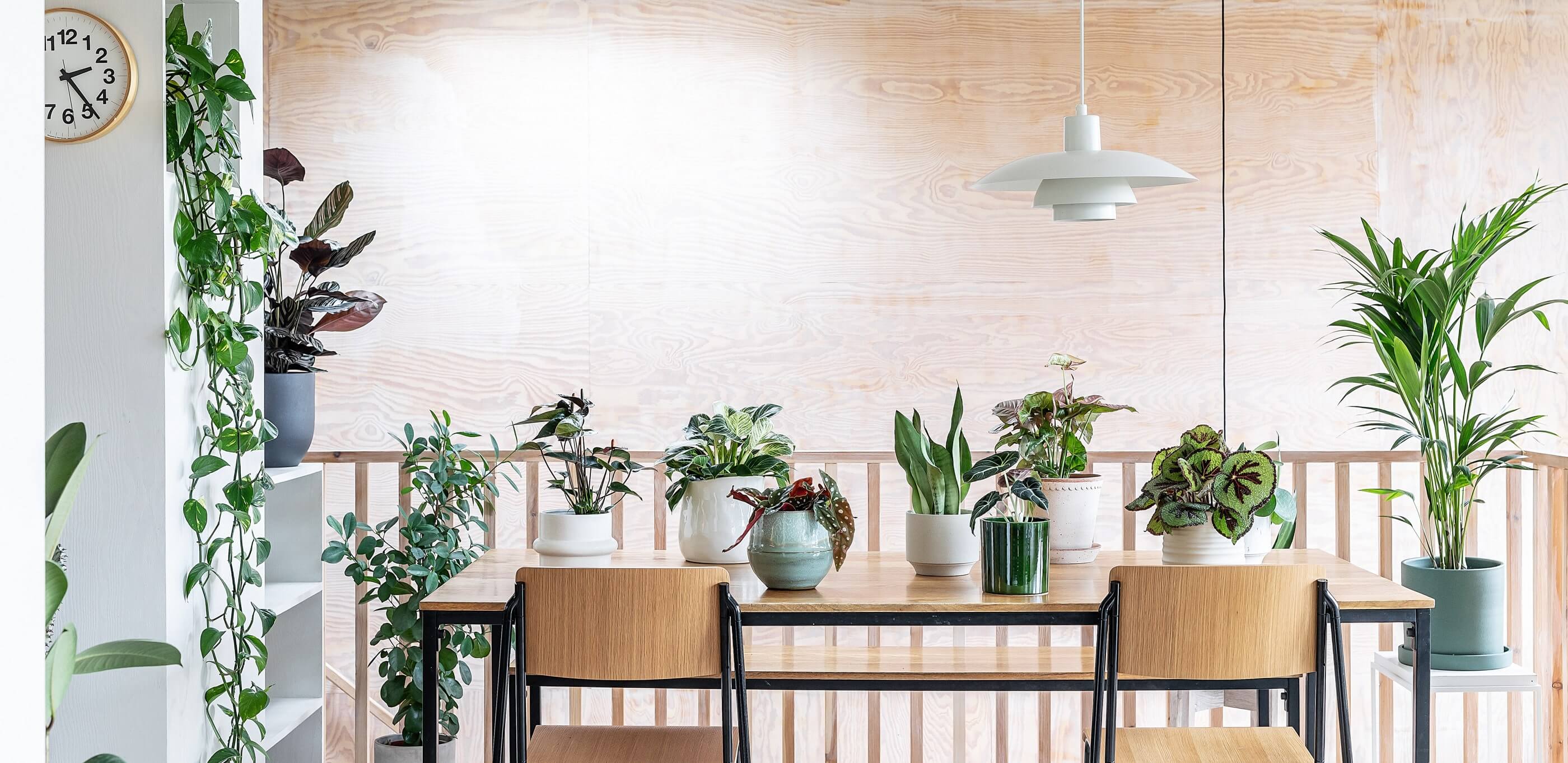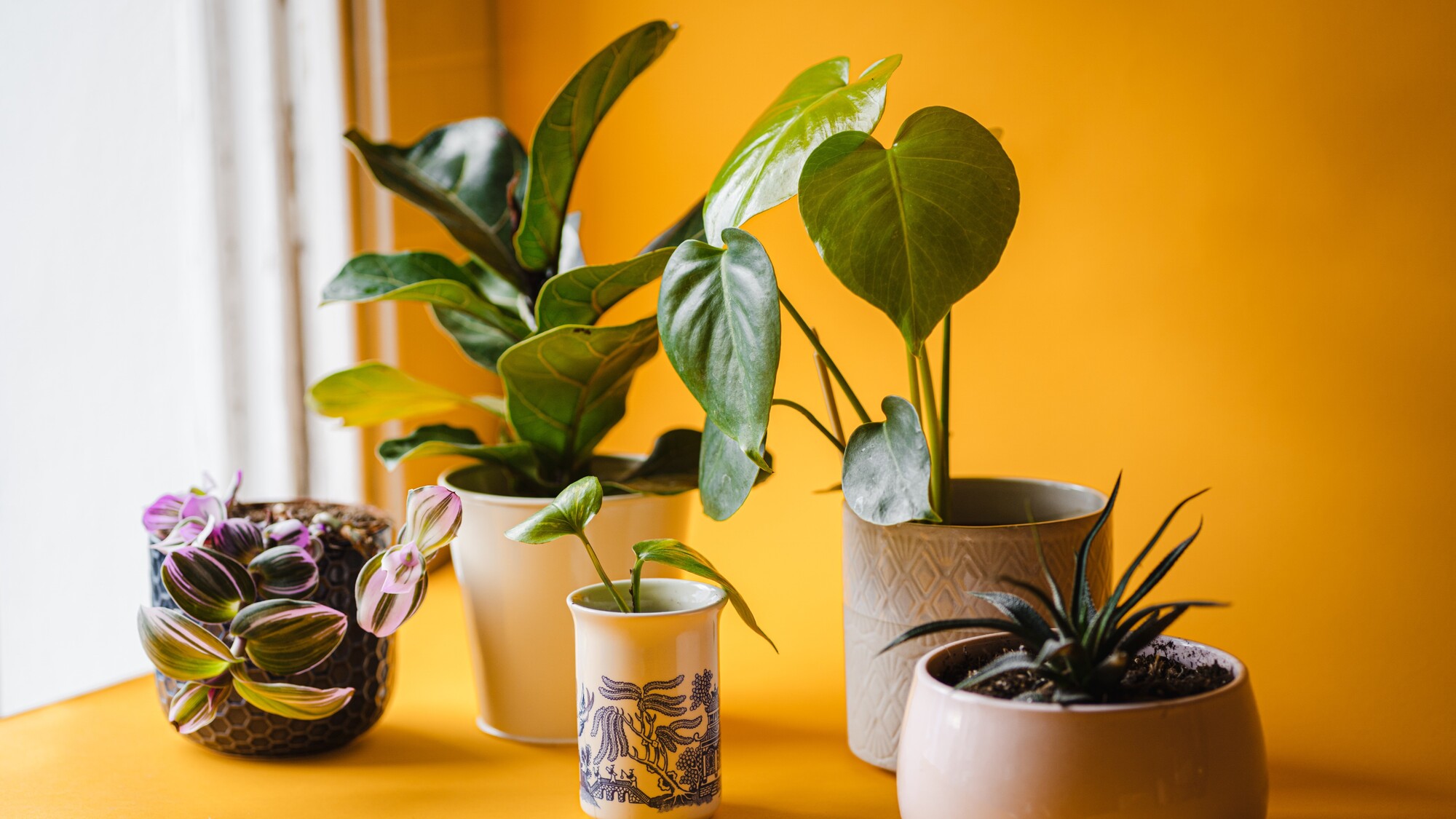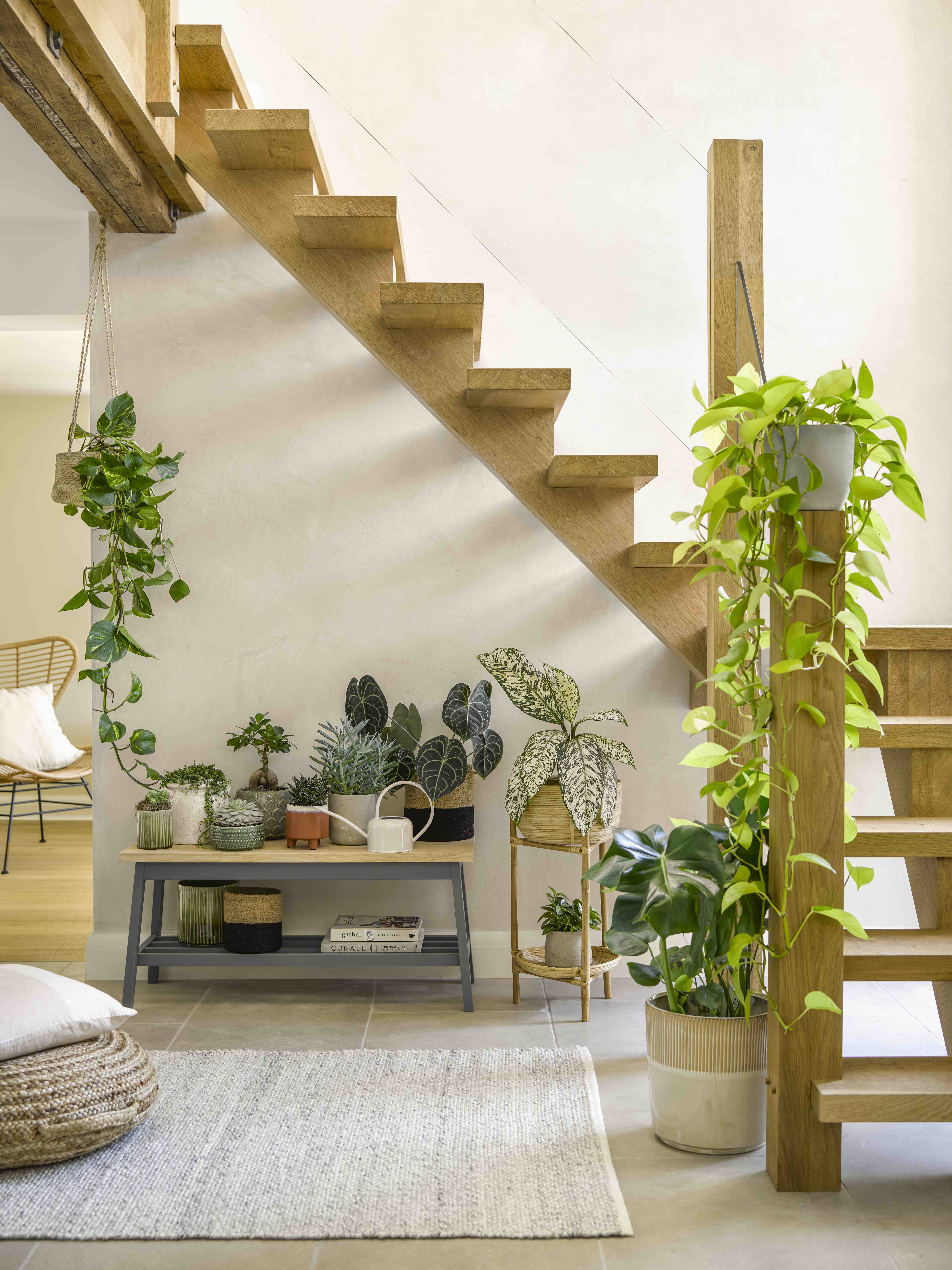How to get rid of spider mites on houseplants - experts explain the secrets to healthy foliage
These expert tips will teach you how to get rid of spider mites on house plants for happy, healthy greenery

Noticed your houseplants are a little under the weather? Learn how to get rid of spider mites on houseplants and you'll be ready if the cause is a pest invasion.
Along with fungus gnats, spider mites are blight on your indoor greenery, and can attack at any time, even if you opt for the best houseplants for beginners.
However, there are simple steps you can take to rid your houseplants of spider mites. We asked the experts to share their know-how below.
What are spider mites?
'Spider mites are microscopic arachnids that suck the contents of plant tissues,' explains Andrew Gaumond, horticulturist and editorial director at Petal Republic. 'They are less than 1/20 of an inch long, so they are almost impossible to spot with the human eye.
'Common signs of spider mites include a spider-like web that forms on the underside of leaves in addition to yellow or brown spots on your plant's foliage.'
Erin Marino, editorial director at The Sill explains: 'Spider mites are a lot like spiders in that they are arachnids and can spin webs, although their webs are more cloth-like, not netted. They’re really tiny with a light body mass and are able to use their webs to float on the wind or grab onto clothes. If your windows are open in the summertime, when spider mites are most active, they could float right into your house and right onto your plant.
'Spider mites are very small and are often only discovered when the plant is damaged. This makes spider mites some of the most destructive and pervasive houseplant pests.
'They have very short life spans, from egg to adult in about two weeks, but they are on a mission.'
How do spider mites affect houseplants?

Spider mites hang out on the undersides of leaves; if you hold a leaf still you can often spot them slowly crawling.
The Sill's Erin Marino explains: 'Spider mites attack leaf cells, ripping them open at random. Leaves look stippled, mottled, or curled with only a skeletal leaf web left behind. If your leaves are in one piece but look dusty, it could be a sign that spider mites are around.'
Tara Heibel, of Sprout Home, adds: 'Spider mites collect on the underside of leaves and puncture the plants cells to feed. When this happens you will slowly see the decay of the leaf by normally a curling of the leaf and then browning. If left untreated they can decimate a houseplant.'
How to get rid of spider mites on houseplants

1. Wipe the plant down
Spider mites are susceptible to horticultural oils and insecticidal soaps.
'First, give the plant a wipe down, wiping off as much of the insects and webbing as possible, or you can even shower it with a hose in a sink or tub,' says Erin. 'This will clear the way for the insecticide to work. Spider mite nests actually repel the pesticides and protect the eggs and insufficient wiping may result in re-infestation.'
2. Spray the plant with oil or insecticide
Spray down the plant with Neem oil or an insecticidal soap that lists spider mites as a target pest.
Our editor recently used this Neem oil from Amazon after his own houseplants got attacked.
'Spray the plant with your solution, targeting the undersides of the leaves and every possible nook and cranny where these bugs can hide,' says Erin Marino. 'Less than thorough spraying could lead to re-infestation.'
Petal Republic's Andrew Gaumond also recommends spraying with oil. He says: 'My go-to for dealing with spider mites is a plant-based horticultural oil. These oils work by suffocating soft-bodied pests such as spider mites and should be applied directly to the problem area with a spray bottle.
'Insecticidal soap is another good option that is simple to make at home by diluting a squeeze of dish soap with a gallon of lukewarm water in a spray bottle and covering the affected areas liberally with the solution.'
3. Repeat the process
Reassess and reapply once every few days for about two weeks, for a total of 3-4 separate sprayings.
'If done correctly, your spider mites should be gone in no time,' says The Sill's Erin Marino. 'Make sure to quarantine any plants infested with Spider Mites away from others to reduce transmission.'
And Tara Heibel of Sprout Home adds: 'Multiple treatments will be needed. Additionally, make sure not to treat when direct sun is hitting the plant as you could burn the leaves.'
What is the fastest way to get rid of spider mites on plants?

A further option is to consider synthetic, chemical insecticides such as organophosphates, neonicotinoids, and pyrethroids.
Andrew Gaumond says: 'These are known to be more potent but can also be toxic to pets and humans, so you’ll need to use them with a degree of caution and care.'
You may also want to consider cutting back most of the affected foliage.
How do I keep spider mites off my plants?
Firstly, make sure your plants are hydrated and getting enough natural light.
'Some of the most common contributing causes of spider mites are drought-stressed or poorly watered plants and plants kept in dimly lit locations lacking natural light,' says Andrew Gaumond.
The Sill's Erin Marino suggests it pays to be diligent and keep an eye out for a potential infestation: 'Checking plants regularly for any first signs of plant pests can help - the earlier you're able to start treatment, the better,' she explains, adding: 'I also like to sprinkle Diatomaceous earth into the top layers of my plants' potting mix to deter spider mite eggs and any dormant pests in the soil.'
What kills spider mites instantly?
'Killing spider mites instantly is unlikely,' advises Erin. 'You will most likely need to thoroughly clean your plant a few times to eliminate an entire infestation.'
Sprout Home's Tara Heibel agrees, adding: 'Insecticidal soaps and/or Neem oil usually do the trick but over repeated treatment.'
Be The First To Know
The Livingetc newsletters are your inside source for what’s shaping interiors now - and what’s next. Discover trend forecasts, smart style ideas, and curated shopping inspiration that brings design to life. Subscribe today and stay ahead of the curve.
Ruth Doherty is a lifestyle journalist based in London. An experienced freelance digital writer and editor, she is known for covering everything from travel and interiors to fashion and beauty. She regularly contributes to Livingetc, Ideal Home and Homes & Gardens, as well as titles like Prima and Red. Outside of work, her biggest loves are endless cups of tea, almond croissants, shopping for clothes she doesn’t need, and booking holidays she does.
-
 The 'New British' Style? This Victorian London Home Embraces Its Owners' Global Background
The 'New British' Style? This Victorian London Home Embraces Its Owners' Global BackgroundWarm timber details, confident color pops, and an uninterrupted connection to the garden are the hallmarks of this relaxed yet design-forward family home
By Emma J Page
-
 Muji Living Room Ideas — 5 Ways to Harness The Calming Qualities of This Japanese Design Style
Muji Living Room Ideas — 5 Ways to Harness The Calming Qualities of This Japanese Design StyleInspired by Japanese "zen" principles, Muji living rooms are all about cultivating a calming, tranquil space that nourishes the soul
By Lilith Hudson